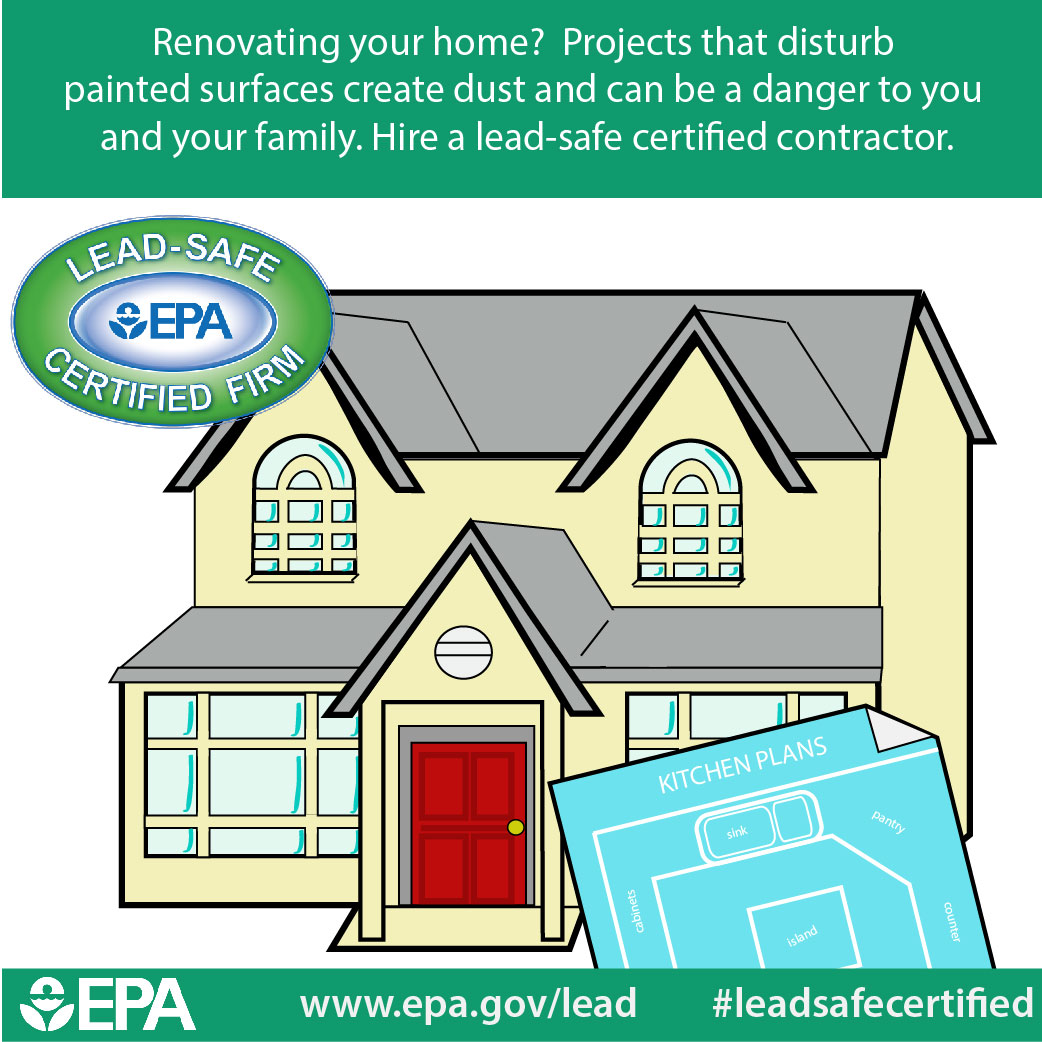Methodical Strategy To Preparing Your Walls Before Painting
Methodical Strategy To Preparing Your Walls Before Painting
Blog Article
Author-Mathiasen Pacheco
When you're prepping your wall surfaces for paint, it's crucial to follow a systematic process to guarantee a remarkable coating. Beginning by checking out the wall for any kind of damages; this action can make or damage your project. When you've identified any concerns, cleansing the surface area appropriately is crucial, as an unclean wall can affect paint bond. After that, you'll need to spot any imperfections and use a primer. But there are specific techniques and pointers that can raise your preparation video game-- let's discover those additional to accomplish the best results.
Assessing Wall Condition
Prior to you order your paintbrush, take a minute to analyze your wall surfaces' condition. Check for any type of noticeable damage like fractures, openings, or peeling off paint. These flaws can affect just how the paint sticks and looks once it's dry. If you observe any substantial damage, you'll require to prioritize repairs before diving right into paint.
Look very closely at the appearance of your walls. Is the surface area smooth, or exists texture that might require unique factor to consider? Smooth walls typically require much less preparation, while textured surfaces may need even more time to repaint equally.
Additionally, take into consideration the previous paint job. If the old paint is glossy, it mightn't permit brand-new paint to stick appropriately. You'll need to know if your walls have been painted with oil-based or water-based paint, as this can affect your option of primer or paint.
Ultimately, make https://exterior-painters-near-me54310.activoblog.com/35688489/discover-a-vivid-landscape-of-imagination-with-deck-paint-tips-that-will-certainly-convert-your-exterior-location-right-into-a-beautiful-sanctuary of any wetness issues. If you see indications of water damages or mold, address these issues right away to prevent additional complications.
Cleaning the Surface area
As soon as you have actually analyzed the problem of your wall surfaces, the following step is cleaning up the surface. Beginning by collecting your materials: a container, cozy water, a mild detergent, a sponge or towel, and a scrub brush for harder areas.
Begin at the top corner of the wall and function your way down. Mix the cleaning agent with warm water in your container, after that dip the sponge or cloth into the remedy. Wring it out to prevent extreme moisture on the wall surfaces.
As you clean up, pay attention to areas that could've built up dust, grease, or finger prints. For stubborn stains, make use of the scrub brush carefully to avoid harming the paint beneath. Wash your sponge or towel often in tidy water to stop spreading out dust around.
After cleansing, it's vital to clean the wall surfaces with a damp cloth to remove any soap residue. This step guarantees a smooth surface area for the brand-new paint to stick to.
Allow the wall surfaces to dry entirely prior to moving on to the next prep work steps. This comprehensive cleansing procedure will assist develop a fresh canvas for your paint project, making sure the very best results.
Patching and Priming
Patching and priming are important action in preparing your wall surfaces for a fresh layer of paint. Initially, evaluate your walls for any kind of holes, splits, or flaws. Use a high-quality spackling substance or patching paste to fill up these locations.
Apply the substance with a putty knife, smoothing it out so it's flush with the surrounding surface area. Permit it to dry entirely, and after that sand it lightly till it's smooth and even.
When you've patched every little thing, it's time to prime. Primer aids secure the patched locations, guaranteeing the paint sticks effectively and offers a consistent surface. Select a guide suitable for your wall surface type and the paint you'll be making use of.
Use the guide utilizing a roller for bigger areas and a brush for edges and edges. If your patched locations are significantly large or porous, you may want to use a second coat of guide after the very first one dries out.
After priming, allowed everything dry completely before moving on to paint. click now won't just improve the look of your walls but also prolong the life of your paint task.
Take your time, and you'll be pleased with the outcomes.
Final thought
By complying with these simple actions, you can achieve a smooth and specialist surface on your wall surfaces. Begin by evaluating their condition, then tidy and spot any type of blemishes prior to applying guide. Bear in mind to allow sufficient drying out time and make sure whatever is smooth before you study paint. With the right preparation, you'll set the stage for a lovely transformation in your space. Now, gather your materials, inhale the fresh air, and prepare to repaint!
